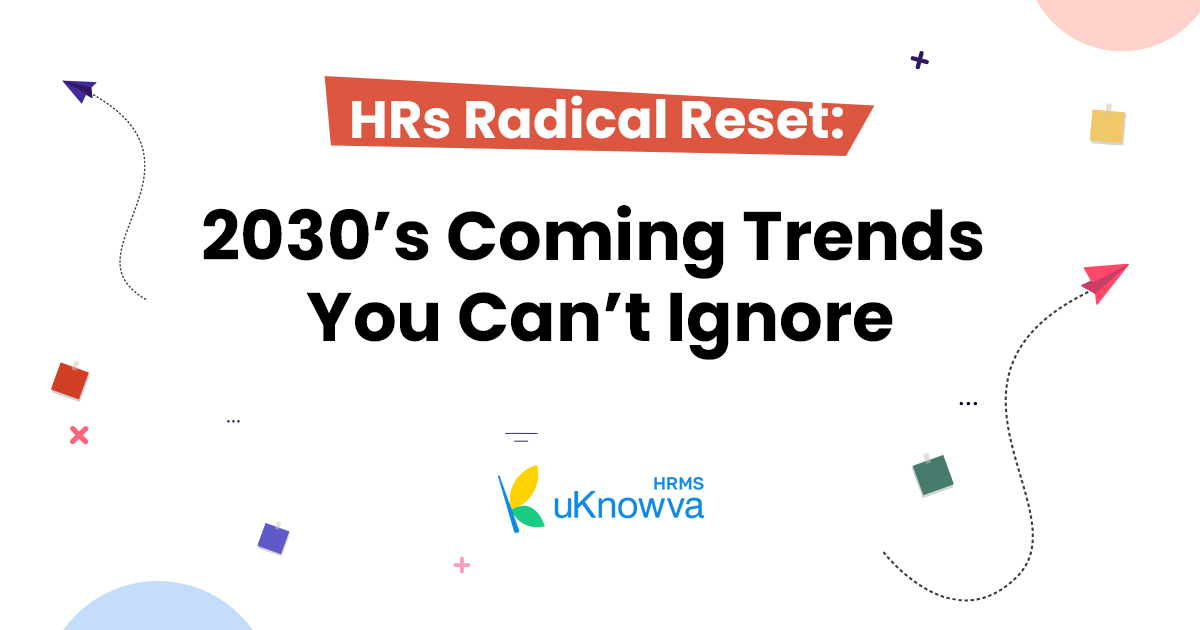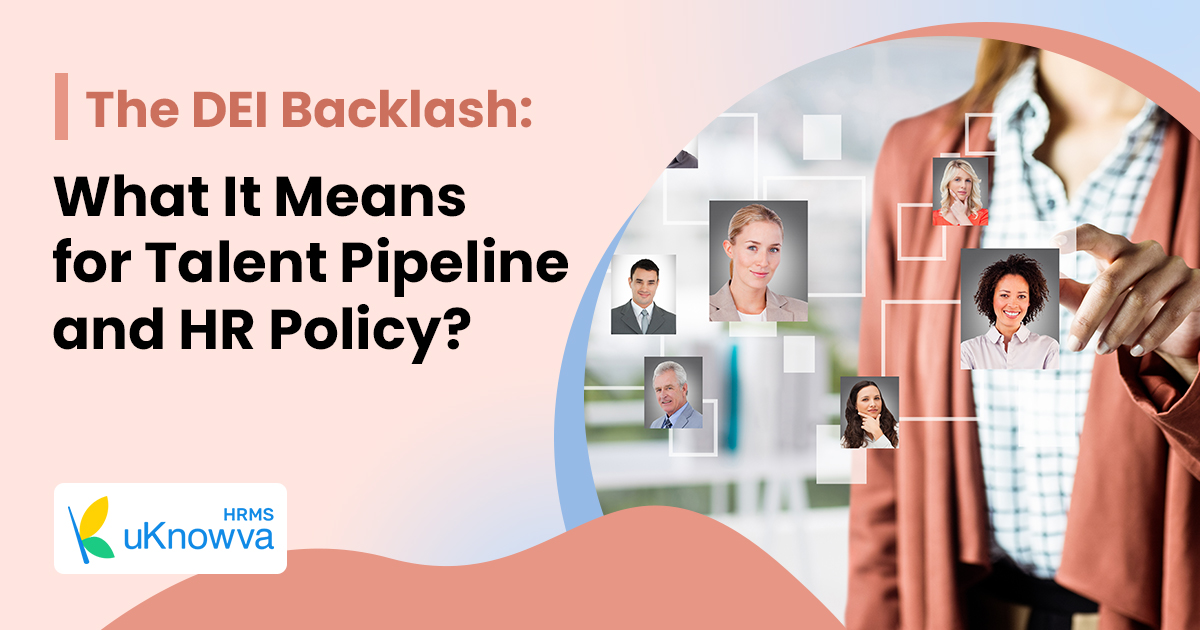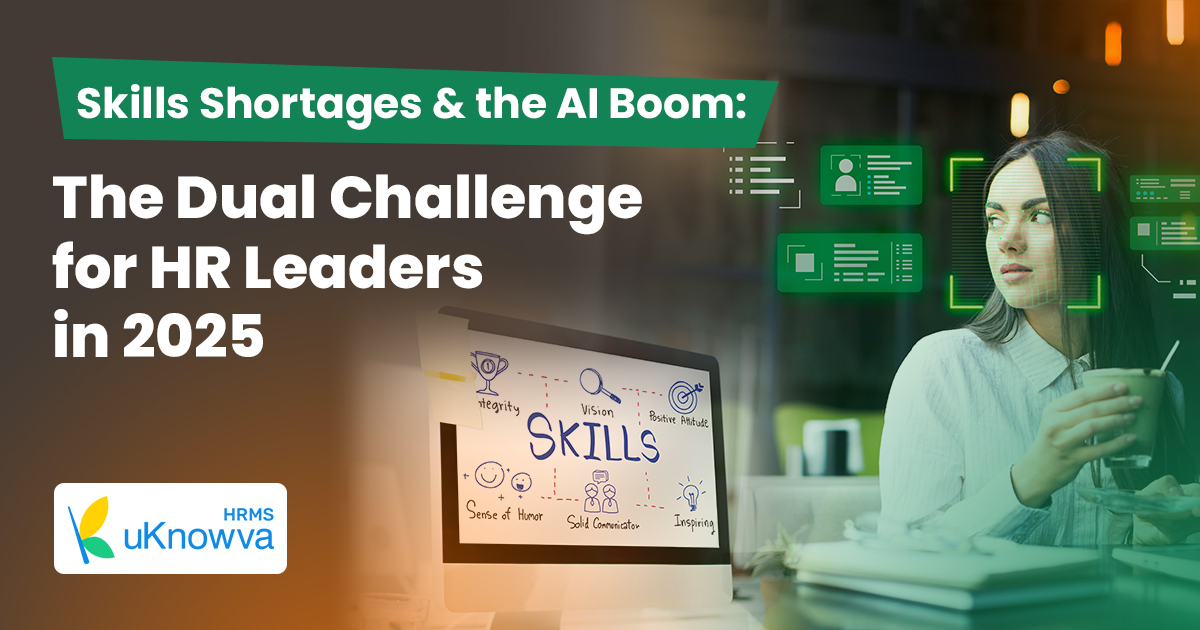Absenteeism is a situation referred to frequently planned or unplanned employee absence from the organisation.
Planned absenteeism refers to the time-off from the business for the period that the employee is entitled to, like maternal, paternal, or medical leaves. An unplanned leave is when the employee takes a leave of absence for personal or family emergencies.
We can term the condition to be absenteeism when the employee is taking a leave without getting it granted from the employer or the reporting manager.
Absenteeism in India is a serious problem as compared to other countries. In India, the absence rate is about 5% when we talk about company hires or corporate professionals. The same rate increases up to 15.8%. However, the average range of absenteeism rate in the rural orientation, according to various online researchers in India, has been around 7-15%.
The same report shows that the absenteeism or absence rate is higher amongst people aged below 25 or over 40 years. Young workers or professionals are usually less mature and open to exploring their talent and industries, so they often switch until they find the right culture to fit in.
The Effects of Absenteeism
- Increased labour or human capital costs.
- Negative impact on customer or client services.
- Poor motivation to show up to work amongst the rest of the staff.
- Drastic reduction in the individual and team’s productivity.
- Dismissal or termination of the employment or contractual relationship if the absence rate does not stabilise in time.
Common Reasons for Absenteeism
- Excessive workload
- Mental illness
- Harassment at workplaces
- Physical injuries
- Family emergencies
- Child and elder care
- Unhealthy and unsafe work conditions and environment
- Industrial fatigue
- Inadequate facilities for the staff
- Ageing
- Absence of transportation facilities
- Inadequate leave facilities
- Alcoholism or any other substance abuse
- Indebtedness
- Rural obligations
- Poor workforce management conditions and policies
- Social and religious ceremonies
- Moonlighting or other frauds by the employees/gig workers
Best Practice:
Leverage the attendance analytics we offer to gauge the probability of an employee indulging in absenteeism, then take corrective action on time.















